I’m a hopeless conference junkie. While I do need alone time to recharge, I am an extrovert. There’s coffee and (sometimes) good meals. Intergenerational mentorships. Paradigm-changing ideas and conversations. Also… a lifetime of learning. What a privilege! There is so much we have yet to find out about the world… and once people find out, they have to share and communicate that knowledge, get corrected, and let new ideas breed.
It’s a quick buzz of activity, the proverbial drinking from a firehose. Yes, I take lots of notes, and you’ll receive several excited texts from me during the sessions. But then… where did I put those notes? Who was that one person who shared that one thing?
Hence – I’m going to jot some notes down here from my time in Indianapolis. (Selfishly, so that I can come back to them later, but you’re welcome to look over my shoulder!)
First… what’s IWRA? The Indiana Water Resources Association.
The Indiana Water Resources Association (IWRA) was founded in 1979 as a state affiliate of the American Water Resources Association to promote water resources research, education, and communication in Indiana. The IWRA is an organization of several hundred professionals and students working in all aspects of water resources. Its members include scientists, engineers, regulators, educators, policy-makers, and students from government agencies, universities, industry, consulting firms, and other water related groups.
I’ll start with the most interesting presentation… someone invited an artist! Professor Eliza Brown of DePauw University, a composer, introduced their significant piece of music based on field recordings taken along Big Walnut Creek (Putnam County, IN). It will premiere at DePauw University next May (see her website for more).
Attendees of these types of conferences are sometimes subjected to, let’s admit it, rather dry presentations of data and statistics (ironic, at a water symposium, no?). But her presentation of a year of close listening to the sonic world of a stream was very well received, with one woman even moved to tears. I hope to make the premiere!
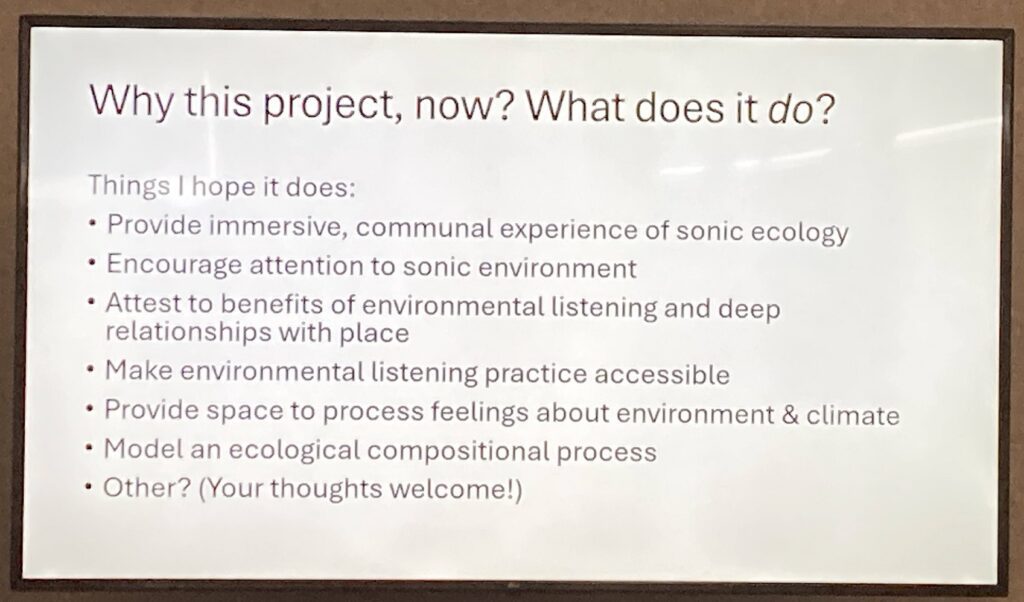
Next was Dr. Mark Pyron, a biologist at Ball State University who presented “Fish assemblages of the Wabash River prior to modification of upstream dam releases”. Three major US Army Corps of Engineers (USACE) dams are positioned in the upper Wabash river watershed, built to limit flooding of this major river that drains most of Indiana (including Lake Maxinkuckee). Releases of water from the dams are scheduled around flood control efforts. In the near future, USACE will be working with The Nature Conservancy to implement of several pulse flow events during the spring, summer, and fall periods, when storage water is available. These will mimic the natural variations of water level that used to come with periodic thunderstorms, variations that were eliminated with the dams’ construction. Dr. Pyron & his team gathered data on fish populations prior to the flow modifications. They predict an increase in the overall biological health of the river… we will have to wait and see!
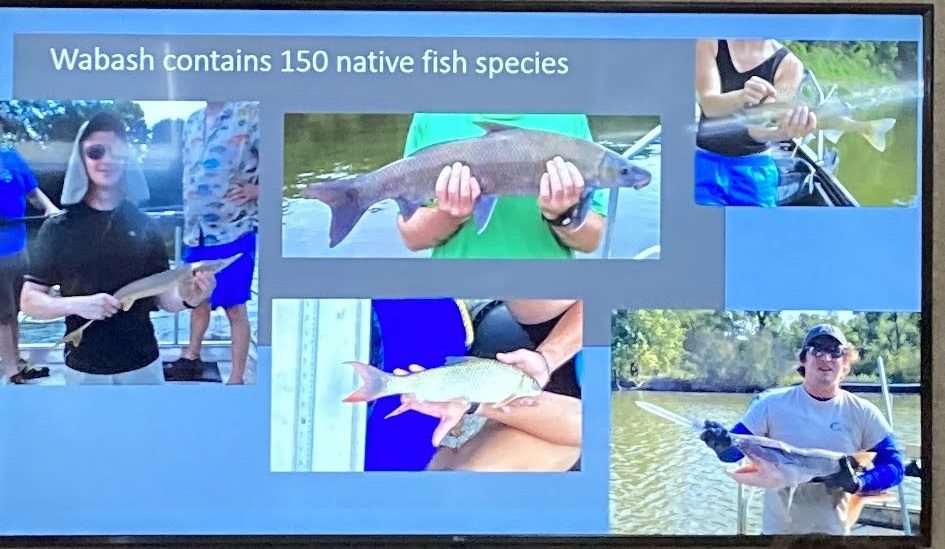
We also heard from Liberty Flora of INTERA, Inc. Engineers from the firm were hired by Morgan County to create a 3-D geologic model of their groundwater resources, paid for with monies from the American Rescue Plan. They partnered with private well owners to place monitoring devices that could gather data. “Central to this study is the implementation of a real-time groundwater level monitoring network, designed to record and analyze local groundwater fluctuations. Additionally, a detailed 3-D conceptual geologic model was developed to interpret aquifer geometries and properties.”
Geology in southern Indiana is complex, and groundwater availability and quality can be a concern. What a great investment from the county’s leaders! It has me thinking on what lies beneath for us to discover in Marshall County…
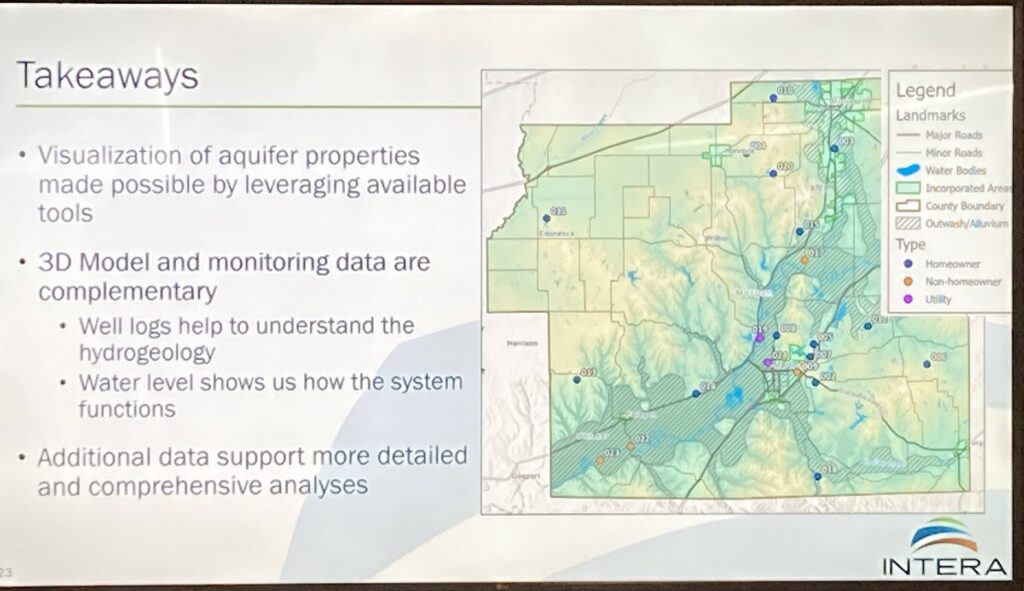
So many good talks! Ok… stay with it Adam…
Dr. Katherine Barrett of Holy Cross College and the St. Joseph River Basin Commission then shared about the “Collaboration and coordination of efforts for the development of successful, long-term water quality monitoring programs.” She shared about the trials and tribulations of building these programs in Steuben and LaGrange Counties. Many applicable lessons for our Stream Team, and made a great regional contact. Now my mind is spinning with ideas…
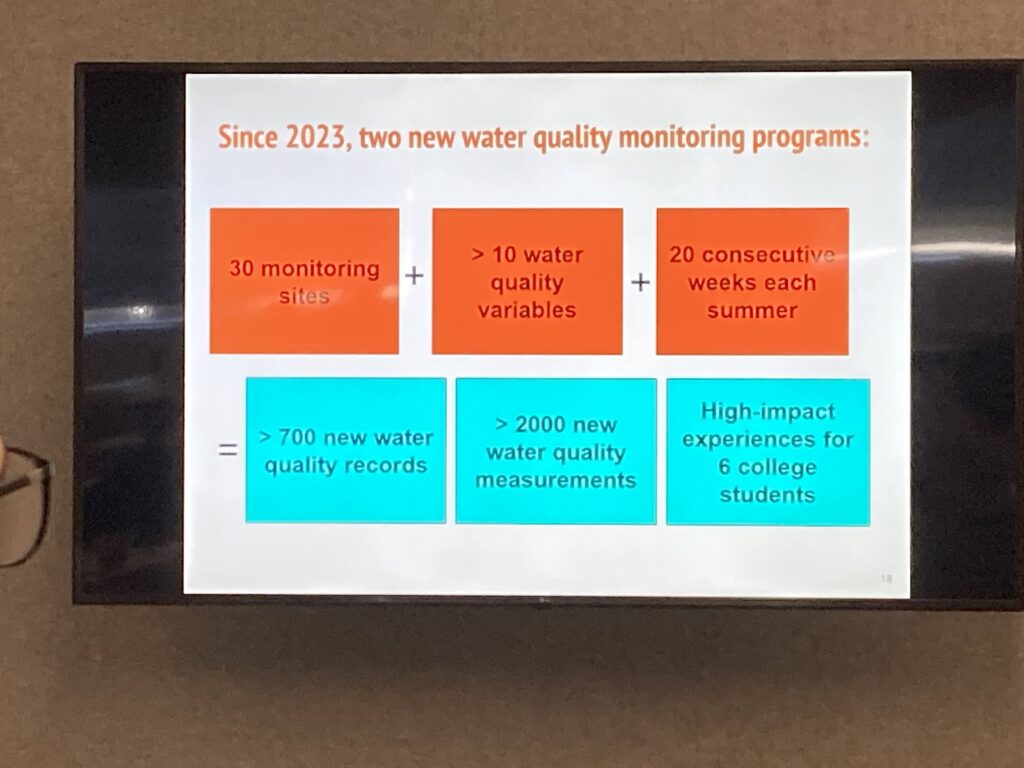
Lastly, I will turn to the keynote… Jack Wittman of INTERA, Inc., who shared on a “10 year update of the Indiana Chamber of Commerce water study.” This was something many of us in the state have been waiting for for sometime. I would encourage you to read the abstract here on pg. 1, it’s a couple paragraphs. You can also see slides from a similar presentation, the executive summary, and the full study at this link. There’s a LOT to read there.
A few notes/impressions I took:
–surface water use is almost all energy industry, and is declining
–groundwater use is mostly municipal, then agriculture
–Historically, Indiana has had a lot of water and few rules. We generally lag our regional peers in water management modeling. We have a sort of “zombie statue” that technically exists, but it unfunded. A full study would require new data, that we don’t currently have and haven’t funded.
–2012 was the beginning of a substantial change in irrigation practices, increased use that started with the short-term summer drought

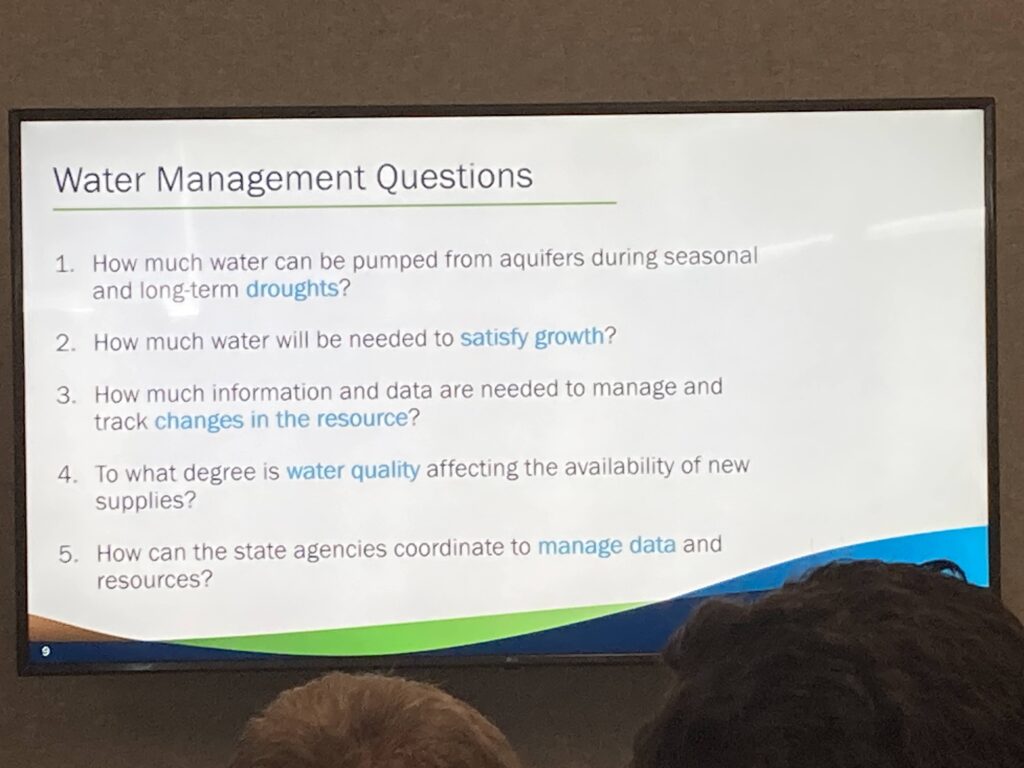
Oh wait, there’s one more! A poster from a team at Purdue University. They focused on visualizing county-level water use that the DNR already collects. You can see the full poster & resources at this link. You can quickly see how different the water supply and demand issues on a county-by-county basis.
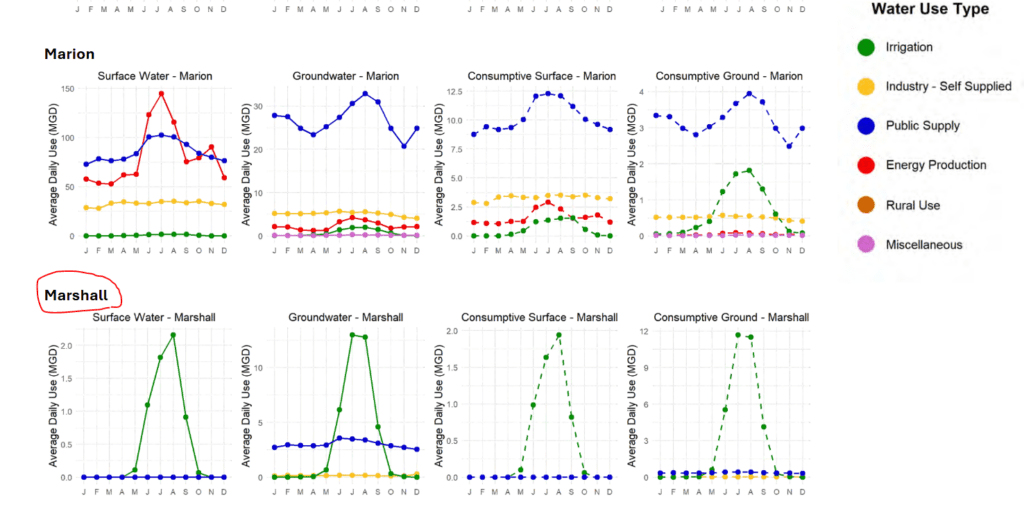
You could say that we are swiftly entering new Eras of water management. And we will be dragged to the future by the demands of the next generation, whether or not we want to!
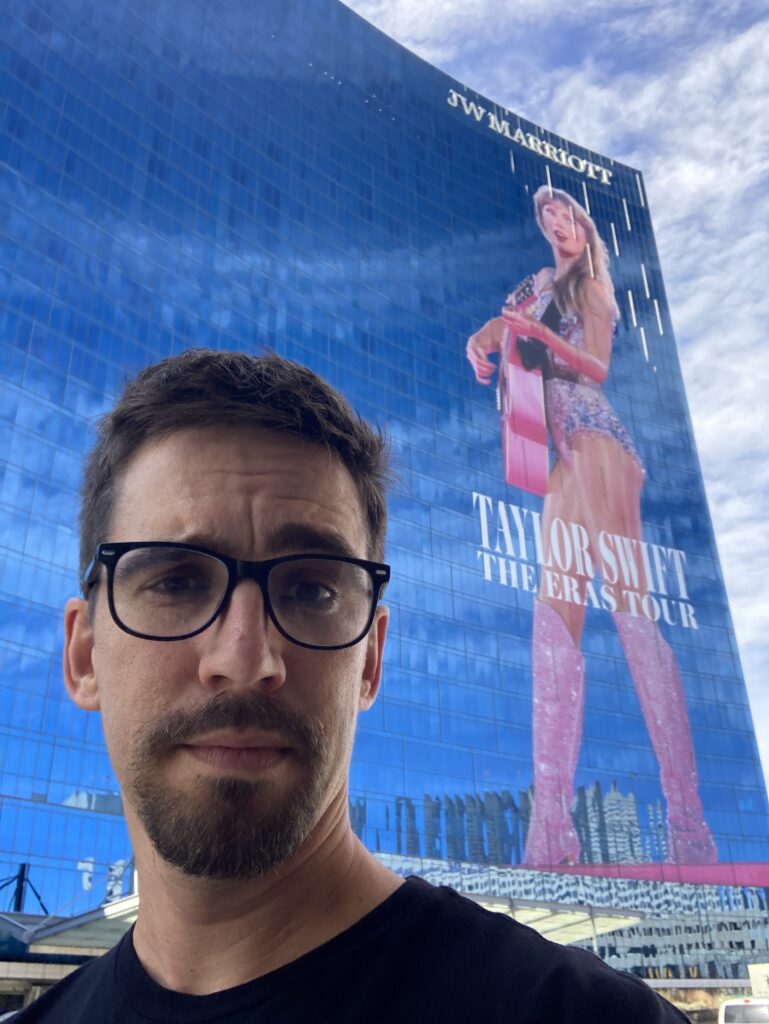

Hi, I’m Adam Thada, President of the Lake Maxinkuckee Environmental Fund in Culver, IN. I studied Biology (BS) at Indiana Wesleyan University and Environmental Science (MSci) at Taylor University. The last decade or so has found me in Northern Indiana, working in sustainability, environmental education, and ecological restoration.

Recent Comments